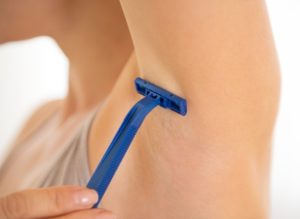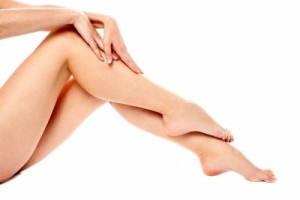 “No shave November” is long gone and with warmer weather and spring break approaching, it’s time to start shaving more often. Unfortunately, for many people with more consistent shaving comes razor burn and ingrown hairs.
“No shave November” is long gone and with warmer weather and spring break approaching, it’s time to start shaving more often. Unfortunately, for many people with more consistent shaving comes razor burn and ingrown hairs.
What is an ingrown hair?
Ingrown hairs occur when a hair is trapped inside the follicle or when it grows back into the skin. Then an inflammatory response typically occurs signaling that you have an ingrown hair. This means that you will experience redness, itchiness, pain and/or a raised, pimple like blemish.
Ingrown hairs often heal on their own. For the pesky ones that don’t want to go away, there are several ways to treat them. Try using tweezers to lift the ingrown end, but don’t puck or dig it out as this could make it worse. Also, try using products that contain azulene or allantoin to reduce the swelling.
How to treat
The best way to treat ingrown hairs is to take precautionary steps to prevent them. Ensure that you are using proper shaving techniques including: not shaving too closely, shaving the direction of your hair growth and using a sharp razor. Exfoliate your skin in areas where you shave when you shower to dislodge ingrown hairs. Also, use products containing active ingredients, such as salicylic acid, after you shave.

